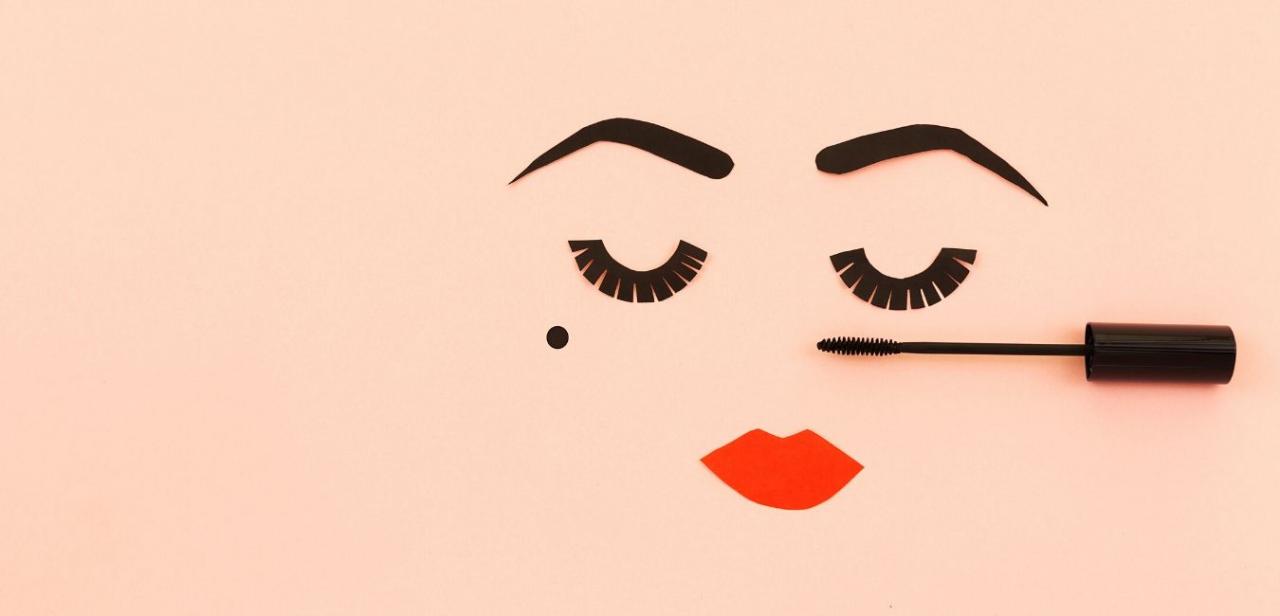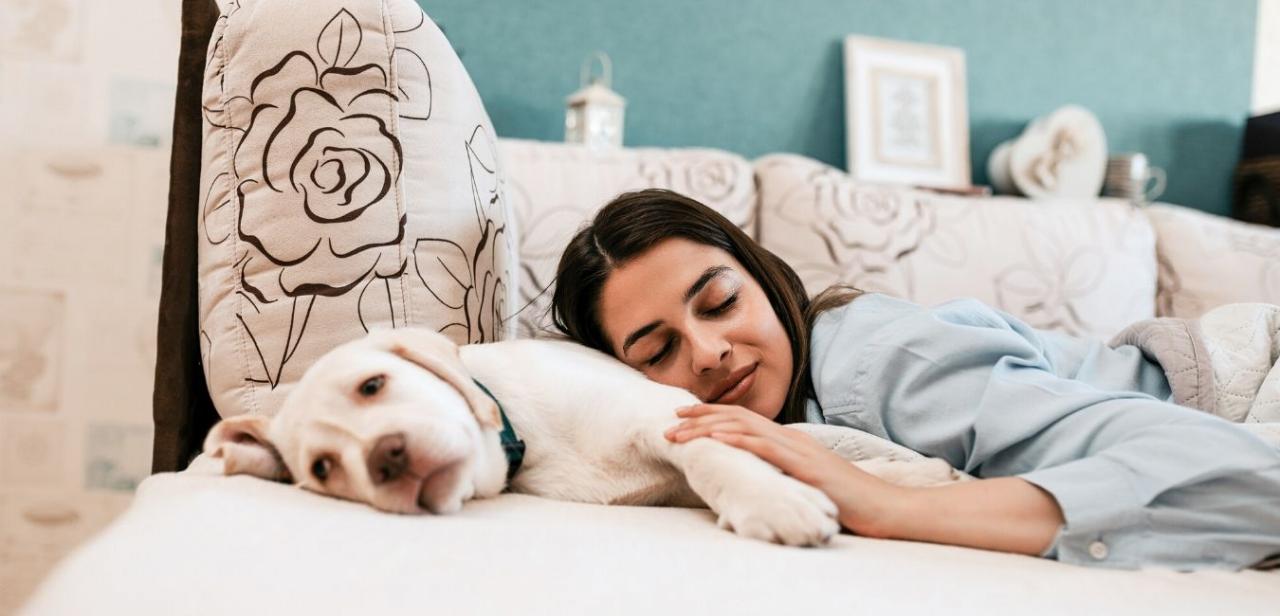 napatcha/Fotolia
napatcha/Fotolia
It’s National Domestic Violence Awareness Month, and it’s time to shine a spotlight on childhood domestic violence. This form of abuse has been radically ignored until now. Its consequences for children can be severe, leaving permanent scars and radically changing the adult survivor, even decades later.
Covered up until relatively recently, there’s finally a lot of talk about the physical, sexual and emotional abuse of children. We’re taking action at last because we know the devastating impact on our young.
But what about the children who are forced to live in a home with one parent being beaten and tormented by another? What’s the impact there?
CDV.org says that childhood domestic violence occurs “when a person grows up living in a home with domestic violence. From a childhood standpoint, 'domestic violence' is violence between parents or violence towards a parent – from a stepparent or significant other. And the violence can be physical or nonphysical, or both.”
I spoke to Brian F. Martin, CEO and founder of Childhood Domestic Violence.org, about CDV. Martin himself grew up in poverty and lived through the childhood domestic violence inflicted for years on his mother by her boyfriend. It wasn't until he was an adult that he discovered that both his mother and her boyfriend were children of CDV.
With his father in jail, the New Jersey native spent most of his childhood in this kind of life. He's now a highly successful businessman and New York Times bestselling author of "Invincible: The 10 Lies You Learn Growing Up with Domestic Violence, and the Truths to Set You Free."
Martin is straightforward and likes to get to the point. There are three kinds of people who emerge from a childhood of domestic violence, he says. “There are the ones that fall, the ones that are resilient and the ones who figure it out.”
Those that fall end up addicted, incarcerated, violent and often suicidal. (Martin is the first in four generations not to be incarcerated.)
The resilient adult children of CDV are the ones who do alright on the outside, can hold down jobs and appear relatively happy. But under the surface, the cracks are many: self-medication with alcohol, unhappy relationships, lack of self-worth and guilt. They live with the knowledge that they aren’t really happy, but they don’t know why.
Many survivors of CDV live with an underlying fear. The resilient adults (like Martin was for a while) are distrustful. They’re suspicious. They’ve grown up in an atmosphere of fear, waiting for the next outburst, the next beating. Forced to watch a parent being beaten, harassed and intimidated, the child emerges into adulthood always wondering when the next attack will happen — even years after the attacker has been stopped.
The key to figuring out a positive future, Martin is certain, “is the ability to connect their adult lives to their childhoods.”
Retrospection, introspection and a helping hand can connect the dots of why an adult survivor of CDV behaves like he or she does. When the reasons start adding up, and when the adult can now make sense of why they are who they are, they can start repairing the damage.
“There is no divine intervention,” says Martin. “Someone needs to step in.”
And the ones who figure it out, like Martin eventually did, are the ones who were lucky enough to have someone intervene and help them unlearn the lies they were taught since childhood.
In his case, his mother gifted him with two books she had seen on the Oprah show that he read and he subsequently heard the penny drop. For others it could be a family member, a friend or teacher who steps in and clarifies to the child that these incessant lies fed to them in their youth were just that: damaging fraudulent and deceptive tactics forced upon them by the one parent abusing the other.
Martin believes this kind of intervention can save a survivor of childhood domestic abuse. He contacted a local domestic violence shelter and asked to volunteer. Later, on a Make-A-Wish trip to Disney he had a chat with a young boy after watching the fireworks. He wondered what the kid's wish was.
“For my mom not to be hurt anymore,” the boy said.
That was the catalyst that started Martin’s mission of putting a name on CDV and formulating a plan for survivors.
He started researching the approaches currently being used, only to find there was nothing in place whatsoever. There were no websites, no programs, not even a name for it. There was no official recognition of childhood domestic violence at all.
His website and program (to identity and end the impact of CDV) was one of the first to solely focus on this form of child abuse.
Martin urges people to read the The Adverse Childhood Experiences (ACE) Study, one of the most comprehensive studies on how bad and cruel childhoods translate into adulthood. This was a study done in partnership with the CDC and Kaiser Permanente's Health Appraisal Clinic in San Diego.
The study will open eyes and minds to the link between childhood experiences and adult behaviors. More on the ACE study can be read here.
Martin also promotes his own Change a Life program on his website. Working with world-renowned experts, Martin and his team have put together one of the most comprehensive tools to identity and work with children or adult children of CDV.
The CDV.org website states that “The Change A Life Program is a free, interactive,self-administered online program that will give you unique insight into a child’s experience with Childhood Domestic Violence. It will also teach you basic support and safety planning skills while preparing you to act on behalf of a child in need. The step-by-step training process is an easy way to learn the simple things and key messages that can foster resiliency. When you know the right words to say to a child, it can only take one sentence to change the course of their life.”
What else can we do? We can keep it simple, ask those we love if anything is wrong, and encourage them to talk about problems in their lives. Let them spill their secrets in a private, trustworthy environment.
We must always let a person know that a victim of childhood domestic violence is never to blame. No child can ever be held accountable for the actions of an adult.
Are you a child of CDV? It's really OK to be open about your own experiences. Not only can this help you start making sense of your life, it will encourage others to do so, and to finally make that connection between their own childhoods and the lives they lead today.
The darkness of CDV is being spotlighted by Martin and his team. He's now a leading authority and advocate for bringing CDV and its impact into the mainstream. He is unabashed about his group’s determination to end the scourge that affects one in seven adults today.
And still, many adults have yet to make the connection. It's Martin's mission to change that.
For every parent that is abused, there is at least one child forced to live through it, too. Being a child of CDV is the single best predictor of being in a domestically violent relationship in adulthood. The cycle has to stop, and you can be a part of that. October is National Domestic Violence Awareness Month, and the reality of CDV and its aftermath must be brought to light.
Log on to www.CDV.org to see what you can do to help.
Source:
Interview with Brian F. Martin CEO and Founder of Childhood Domestic Violence.org, Oct. 8, 2015.
http://cdv.org/invincible-the-book/about-the-author
Reviewed October 12, 2015
by Michele Blacksberg RN
Edited by Jody Smith





Add a CommentComments
There are no comments yet. Be the first one and get the conversation started!